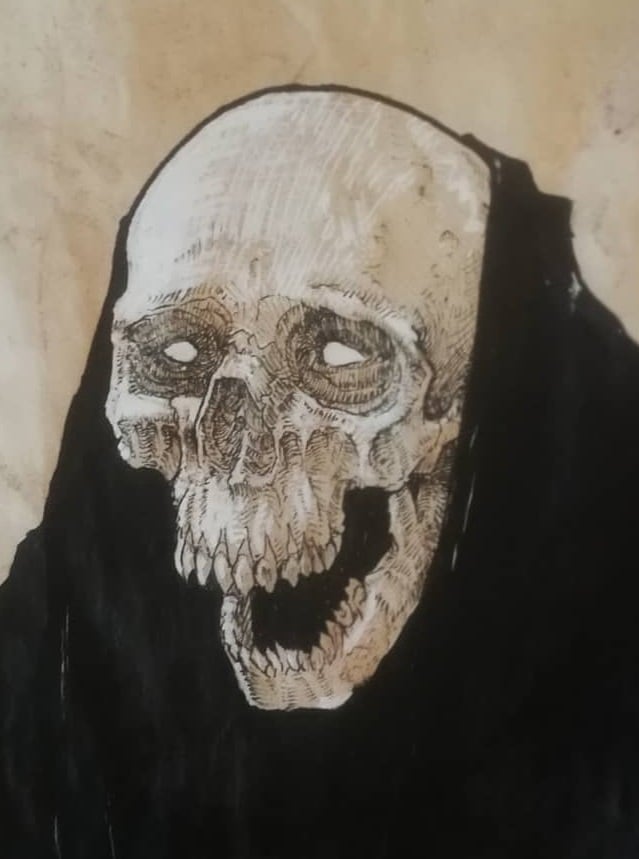- cross-posted to:
- cynic
- cross-posted to:
- cynic
cross-posted from: https://infosec.pub/post/15522858
Technical Death Metal is one of metal’s most beloved and popular genres. But where exactly did it start from? Today, in this Metal Documentary series we analyze the history of bands like Cynic, Atheist, Death, and Pestilence to determine the true origins of one of metal’s most famous and well-known genres.
Technical death metal (also referred to as tech-death) is a musical subgenre of death metal that began and developed in the early- to mid-1990s, with a particular focus on challenging, demanding instrumental skill and complex songwriting.
Technical experimentation in death metal began in the late 1980s and early 1990s by four bands that are often grouped together as “technical death metal’s Big Four” – Death, Pestilence, Atheist, and Cynic – as well as Nocturnus; all but Pestilence being part of the Florida death metal scene.
Some of the distinct features of this genre include dynamic song structures, complex and atypical rhythmic structures, abundant use of diminished chords and arpeggios, frequent employment of odd-time chord progressions, and constant use of string skipping on the guitars. Basslines are usually complex, and the drums are extremely fast-paced with abundant use of blast beats and other extreme drumming techniques. The technical death metal genre has also been influenced by mostly jazz fusion, as well as thrash metal and progressive/technical-inspired heavy metal bands like Death, Megadeth, Slayer, Voivod, Kreator, Dark Angel, Coroner, Sadus, and Watchtower, the latter of whose second album Control and Resistance (1989) is often considered to be one of the sources of inspiration for the genre.
Ooh sounds like a fun watch!

